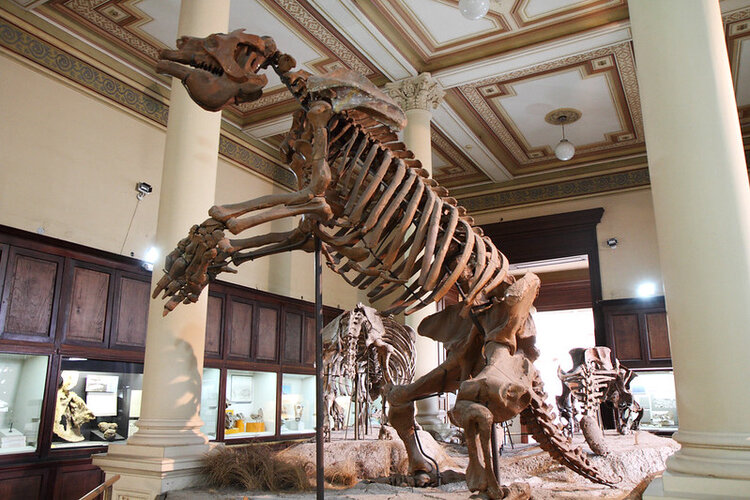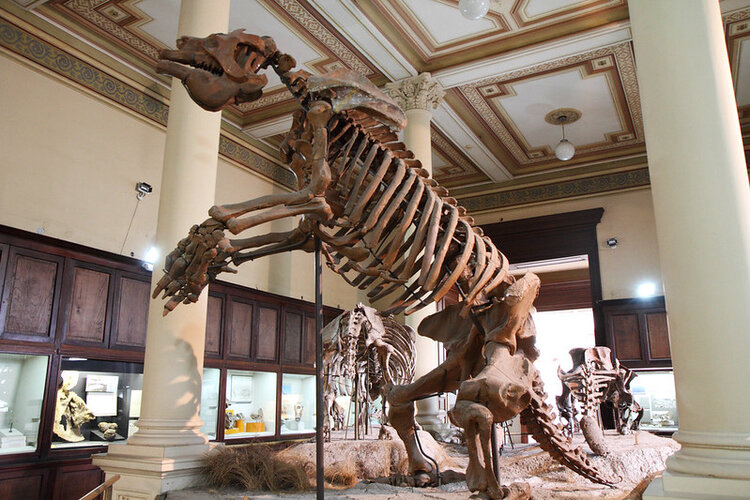Abstract
¿Qué tienen en común un perezoso gigante y una persona?...Esto podría ser el inicio de un mal chiste, pero también, la respuesta a un evento de sucesión ecológica. La megafauna cumplía un papel importante en los ecosistemas de su época, pero luego de la extinción de muchas de estas especies, los roles que cumplían fueron asumidos por otro grupo biológico. Entonces sí, la respuesta a la pregunta inicial es, el rol ecológico que ambos han tenido en distintas épocas del Cenozoico.

References
¹ Smith, F. A., et al. (2010). The evolution of maximum body size of terrestrial mammals. Science, 330(6008), 1216-1219.
² Bocherens, H. (2018). The rise of the anthroposphere since 50,000 years: an ecological replacement of megaherbivores by humans in terrestrial ecosystems?. Frontiers in Ecology and Evolution, 6, 3.
³ Doughty, C. E. (2013). Preindustrial human impacts on global and regional environment. Annual Review of Environment and Resources, 38, 503-527.
##plugins.facebook.comentarios##

This work is licensed under a Creative Commons Attribution 4.0 International License.


